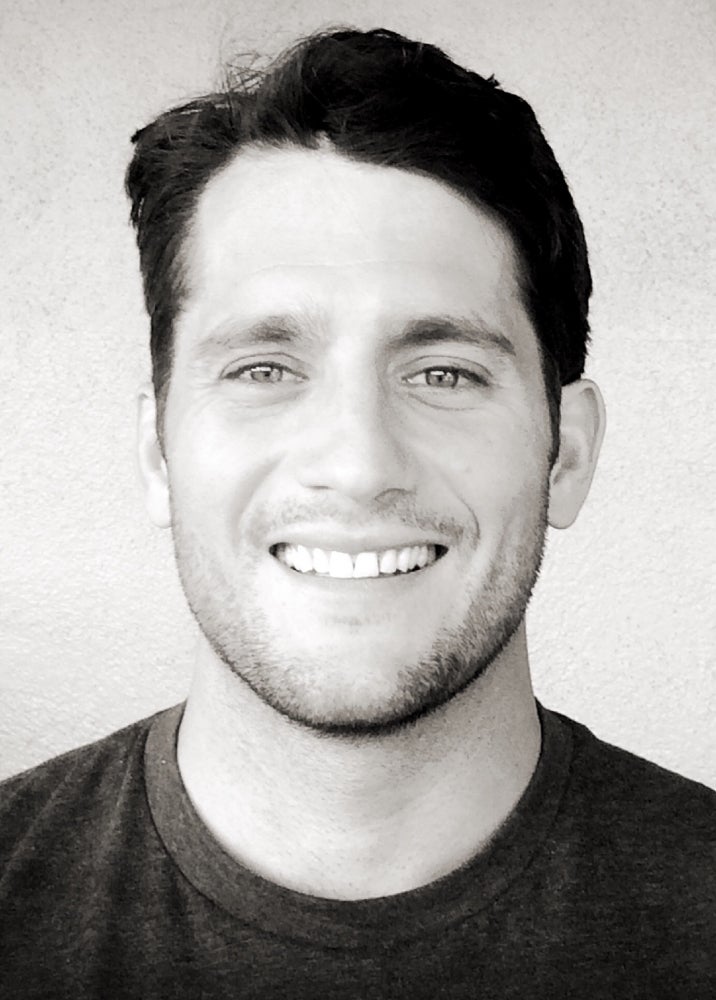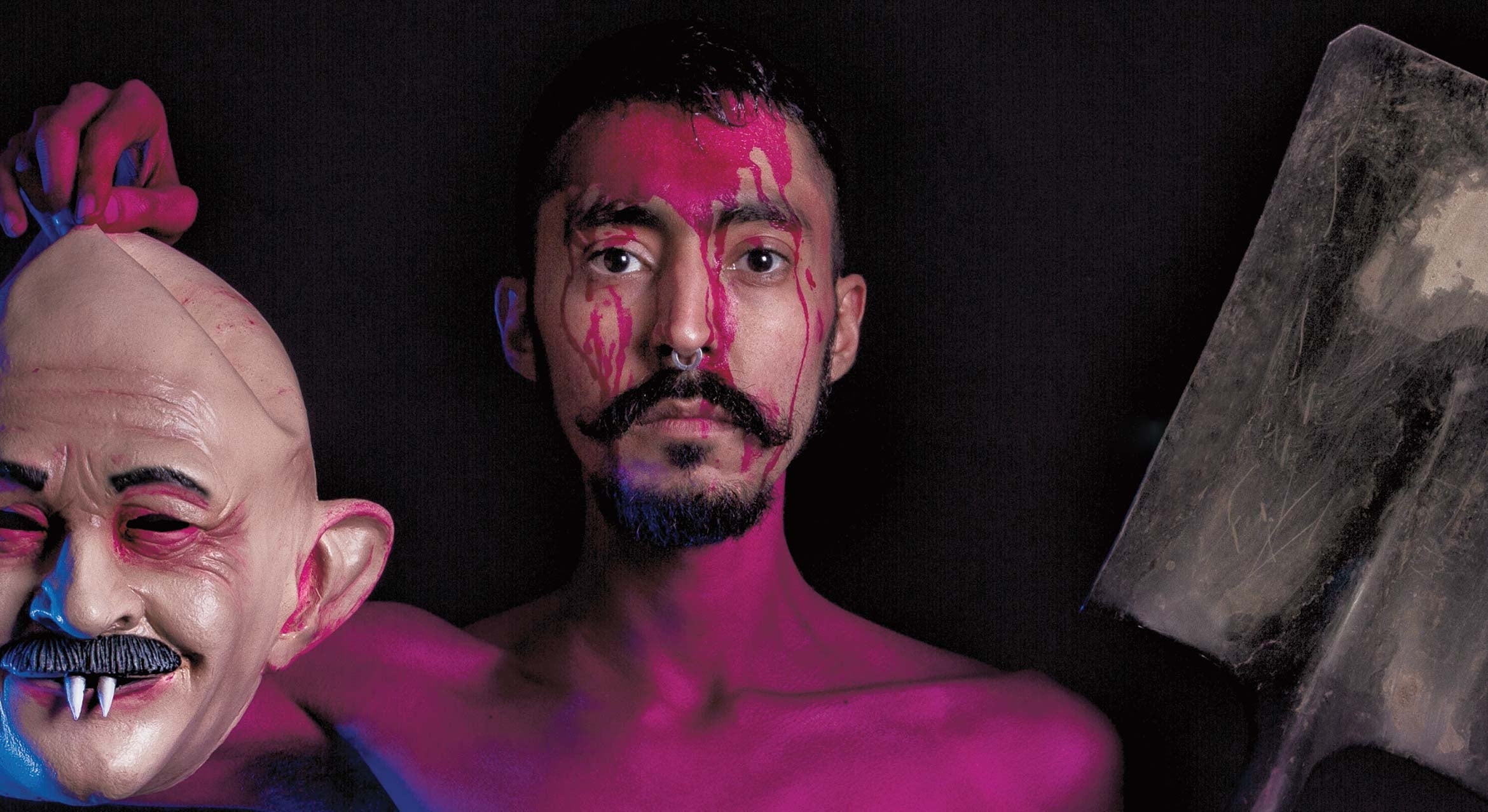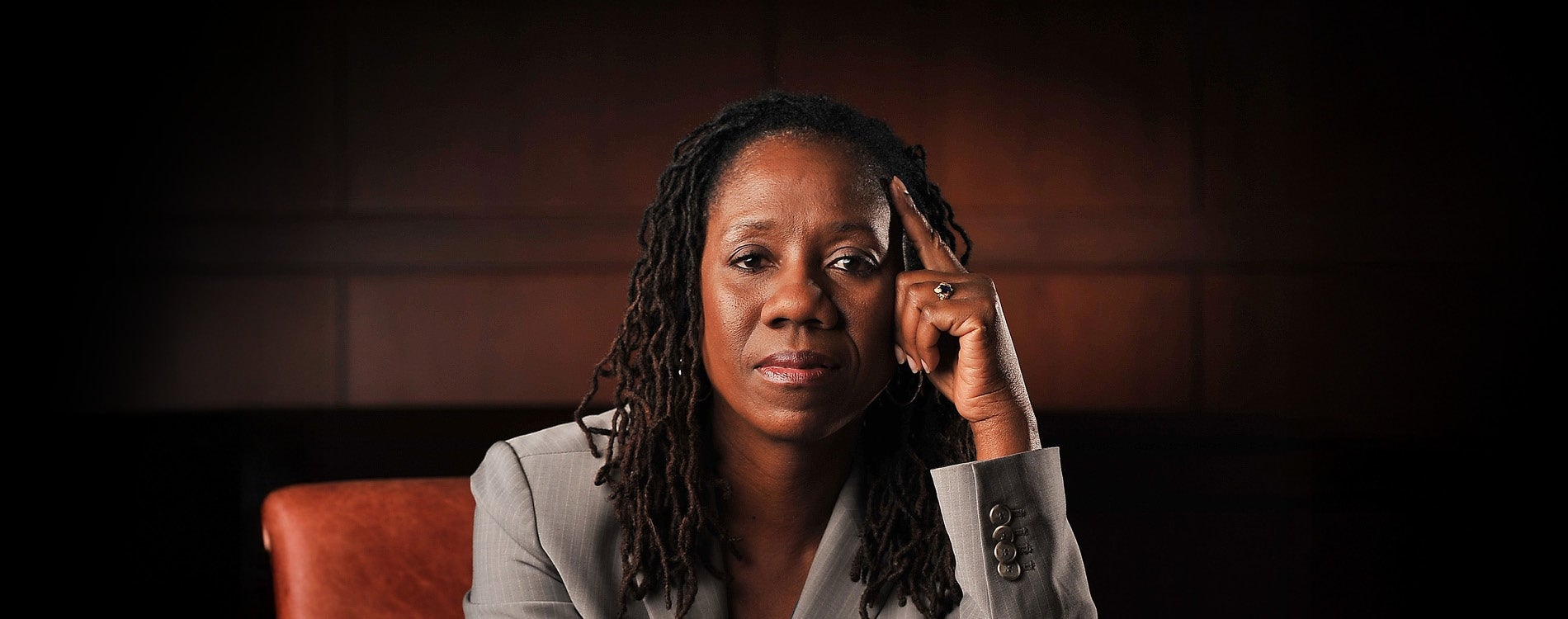Education’s Killer App


The two UC Santa Barbara students, Tiffini Gillespie and Ricquel Santos, stood in front of their classmates and pitched their idea for a slick new app. They’d identified a need, done their marketing research, surveyed potential customers and figured out how they would generate revenue. They were prepared and persuasive.
The two women, however, were not entrepreneurs looking to get rich. They both plan to teach, and their presentation, which focused on teaching math, was the result of a unique project that its collaborators believe has the potential to revolutionize education.
Diana Arya, an assistant professor in The Gevirtz Graduate School of Education, and Alex Kehaya, an entrepreneur and educator, teamed up to fuse education with the fundamentals of entrepreneurship to create original approaches to teaching. It might sound like an odd pairing, but they say that using “customer development” — a model created by renowned serial entrepreneur Steven Blank — could be the tool to recalibrate education in America, for teachers and students.
Arya’s course, “Innovative Practices for English Language Learners in K-12 Mathematics and Science Classrooms,” didn’t start out as a mold-breaker, but bringing in Kehaya as a volunteer instructor turned the course upside down and made Arya a believer in the scientific foundations of customer development.
“It closely resembles the way scientists and engineers think and do their work,” Arya explained. “That is the goal of this course, to design new programs and products that are aligned with the new standards, so the students are actually creating innovations that could bring school-based learning into the 21st century. Who knows what the students will end up doing, but most plan to continue what they’ve started. I see that some of them can make a real difference.”
Kehaya, who taught at Dunn School in the Santa Ynez Valley and introduced a similar program there, said the heart of the entrepreneurial approach is rooted in the scientific method: ask a question, do some research, form a hypothesis, experiment, analyze the data and come to a conclusion. It’s a well-tested way to develop an app or sell a widget, he said, but its focus on solving real problems makes it perfect for taking it into the classroom.
“I’m really excited about the course because my vision is to show that we can do this at an education program, and that by teaching the scientific method for entrepreneurship and innovation to people who are passionate about education, we will see an exponential growth in innovation in education and affect positive change,” Kehaya said.
In Arya’s class, eight students paired into four teams and developed a range of ideas for educational apps and programs. To test their ideas, they interviewed children from the Goleta Boys & Girls Club and found, without fail, that their assumptions about what the kids needed or wanted were off.
“They came back to the next class and said, ‘Oh my gosh, we were so wrong,’ ” Arya recalled. “They changed, they reorganized the priority of needs and approaches, but they’re using the entrepreneurship framework to learn in real time what the needs of the students are. This happened in iterations, so they’ve gone back to the Goleta Boys & Girls Club a few times since then and they have a really solid understanding of the particular learners. So much shifting, so much what entrepreneurs call ‘pivoting.’ ”
In the last class of the quarter, the teams detailed their projects with PowerPoint presentations. Each focused on a different area of education. Gillespie and Santos, who developed the concept for the math app, ultimately pivoted to focus their efforts on teachers dealing with the new Common Core standards. “I didn’t think it was going to be useful at first,” Gillespie said, “but the research that went into, ‘Why is this is a problem?’ helped me create an idea that could help me in my teaching, help others and students as well.”
Kehaya, who teaches an intensive 10-week course in the entrepreneurial method in UCSB’s Technology Management Program, said the students exceeded his expectations given that he worked with them for just five weeks. “I was really surprised, actually,” he said. “They did better than I thought. I want to expose them to a new way of thinking. Yeah, you’re a teacher, but how do you affect scalable, positive change? And that was my message. They got that.”
Arya, who marveled at her students’ ability to think creatively outside their academic comfort zones, said the entrepreneurial approach has the potential to fundamentally alter teacher education. “I’m so impressed,” she said. “Everyone’s talking in the research conferences and in schools about the new standards, and I’m seeing the old curriculum in the form of bright pretty pictures and digitized texts. I’m still seeing the same curriculum with this idea of giving teachers hints on how to help language learners to survive the curriculum. I’m just so tired of this ‘survival’ approach. I just knew the entrepreneurial approach was something to try. This is it. This is the future, and this approach for innovation should be infused into teacher education.”
A large-scale shift to using the entrepreneurial method for training teachers won’t happen overnight. Inertia is the offspring of bureaucracy, and it would take a lot to get it to budge. But Kehaya and Arya think the results of this new course will be persuasive.
“People who are not necessarily building their own business but are trying to do something innovative at a school can use this process to test it out,” Kehaya explained. “This is how you beat the bureaucracy, this is how you drive innovation, because bureaucracy can’t fight evidence. And this is how you get buy-in from parents and other teachers to support something that you’re doing, whether it’s a new course, a new app, a new tool or a new program.”
“The way I look at it here, for this program,” Arya said, “is that I’m training the future educators of our country to think this way and potentially create new innovations, whether it’s a business or nonprofit, but affect positive change in education.”



